Discover the Wonders of the Persian Empire: A Journey Through Time
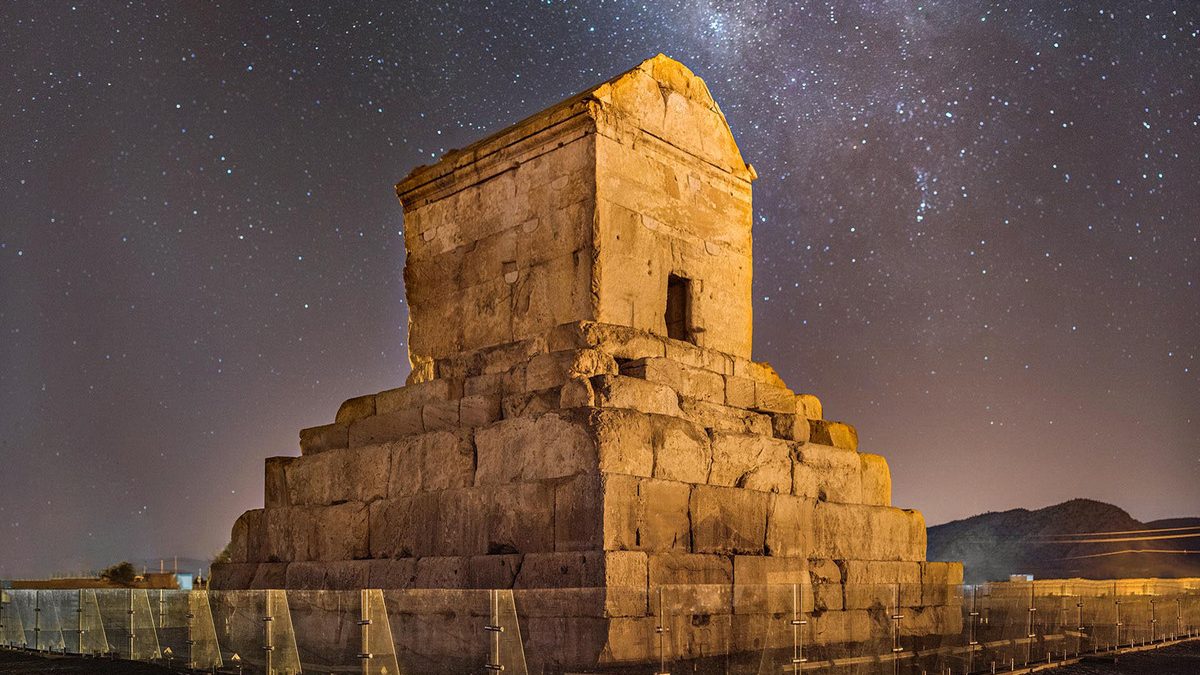
Discover the Wonders of the Persian Empire: A Journey Through Time
Welcome to an enchanting journey through one of the greatest civilizations in history—the Persian Empire. As you explore the remnants of this ancient empire, you’ll step back in time to discover its magnificent architecture, rich culture, and influential legacy. This article will guide you through the historical landmarks and unique experiences awaiting you in the land of the Persians.

The Magnificent Persian Empire: An Overview
A Glimpse into the Past
The Persian Empire, also known as the Achaemenid Empire, was founded by Cyrus the Great in 550 BCE. It stretched from the Balkans and Eastern Europe in the west to the Indus Valley in the east, making it one of the largest empires in history. Renowned for its architectural marvels, administrative prowess, and cultural achievements, the Persian Empire left an indelible mark on the world.
The Rise of the Empire
Cyrus the Great, a visionary leader, united the Median, Lydian, and Neo-Babylonian empires, creating a vast and diverse empire. His successors, including Darius the Great and Xerxes, expanded the empire further, establishing a complex administrative system and an extensive network of roads and communication.
The Fall and Legacy
The Persian Empire eventually fell to Alexander the Great in 330 BCE, but its legacy endured. The administrative practices, architectural styles, and cultural influences of the Persians continued to impact subsequent civilizations, from the Hellenistic period to the Islamic Golden Age and beyond.
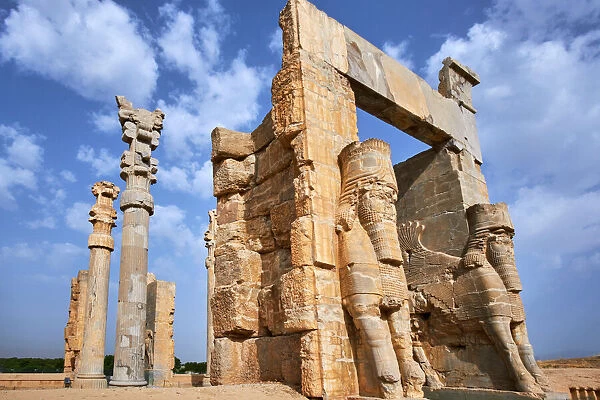
Architectural Marvels of the Persian Empire
Persepolis: The Jewel of the Empire
Persepolis, the ceremonial capital of the Persian Empire, is a must-visit site for any traveler. Founded by Darius the Great in 518 BCE, this UNESCO World Heritage Site is a testament to the empire’s grandeur. The impressive Apadana Palace, with its towering columns and intricate reliefs, showcases the artistic and architectural brilliance of the Persians.
The site includes numerous palaces, halls, and temples, each adorned with detailed carvings and inscriptions. The grand staircases, featuring depictions of representatives from various nations bringing tributes, highlight the diversity and reach of the empire.
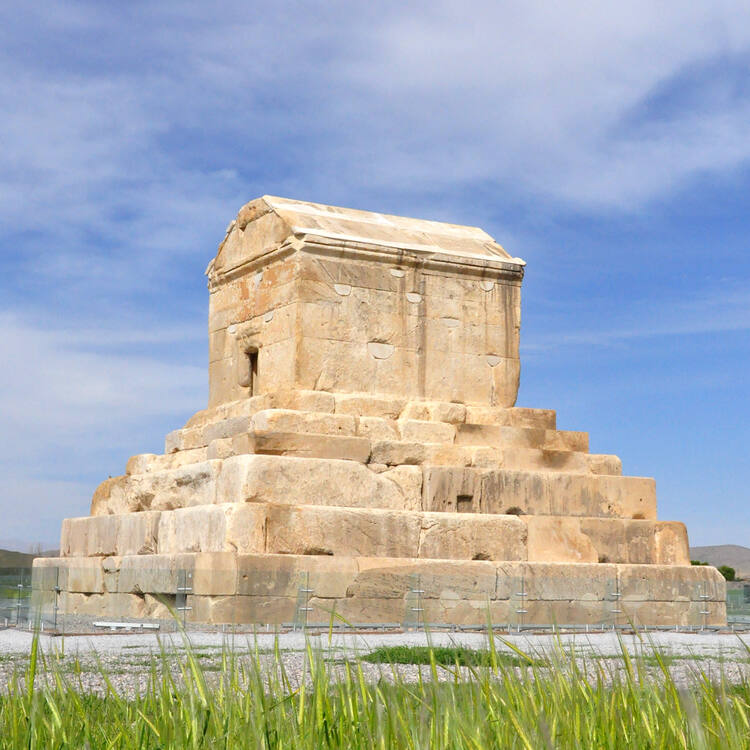
Pasargadae: The Resting Place of Cyrus the Great
Pasargadae, another UNESCO World Heritage Site, was the first dynastic capital of the Achaemenid Empire. It houses the Tomb of Cyrus the Great, a simple yet profound monument reflecting the king’s respect for different cultures and religions. The gardens and palaces of Pasargadae reveal the sophisticated urban planning and landscaping skills of the Persians.
Naqsh-e Rustam: The Royal Necropolis
Located near Persepolis, Naqsh-e Rustam is an ancient necropolis where four Achaemenid kings, including Darius the Great and Xerxes, were buried. The rock-cut tombs, with their elaborate facades and inscriptions, offer insights into the religious and cultural practices of the time.
Susa: The Administrative Hub
Susa, one of the oldest cities in the world, served as an administrative center for the Persian Empire. The remains of the Royal Palace of Darius I, with its grand audience halls and residential quarters, reflect the city’s importance. The city’s ruins, including the Apadana and the palace of Artaxerxes II, provide a glimpse into the administrative and ceremonial life of the Persians.
Cultural Riches of the Persian Empire
The Royal Road: Connecting the Empire
The Royal Road, stretching over 2,500 kilometers, was a marvel of ancient engineering. It connected the various parts of the empire, facilitating trade, communication, and military movements. The road network contributed to the empire’s stability and economic prosperity, making it easier for travelers and traders to navigate the vast territories.
Zoroastrianism: The Spiritual Legacy
Zoroastrianism, the religion of the Persian Empire, profoundly influenced its culture and governance. Founded by the prophet Zoroaster, it emphasized the duality of good and evil and the importance of individual choice. The fire temples, such as the one at Yazd, are enduring symbols of this ancient faith and offer a glimpse into the spiritual life of the Persians.
Art and Craftsmanship
The Persians were masterful artisans, known for their intricate metalwork, ceramics, and textiles. The elaborate designs of Persian carpets, with their vibrant colors and patterns, continue to captivate the world. Persian miniatures and calligraphy are other examples of the empire’s artistic legacy, reflecting the sophistication and creativity of its people.
Language and Literature
Old Persian, the language of the Achaemenid inscriptions, contributed to the development of the Persian language. The use of cuneiform script in administrative and monumental inscriptions showcases the linguistic diversity and adaptability of the Persians. Persian literature, enriched by the empire’s cultural exchanges, includes epic poetry, philosophical works, and historical records.
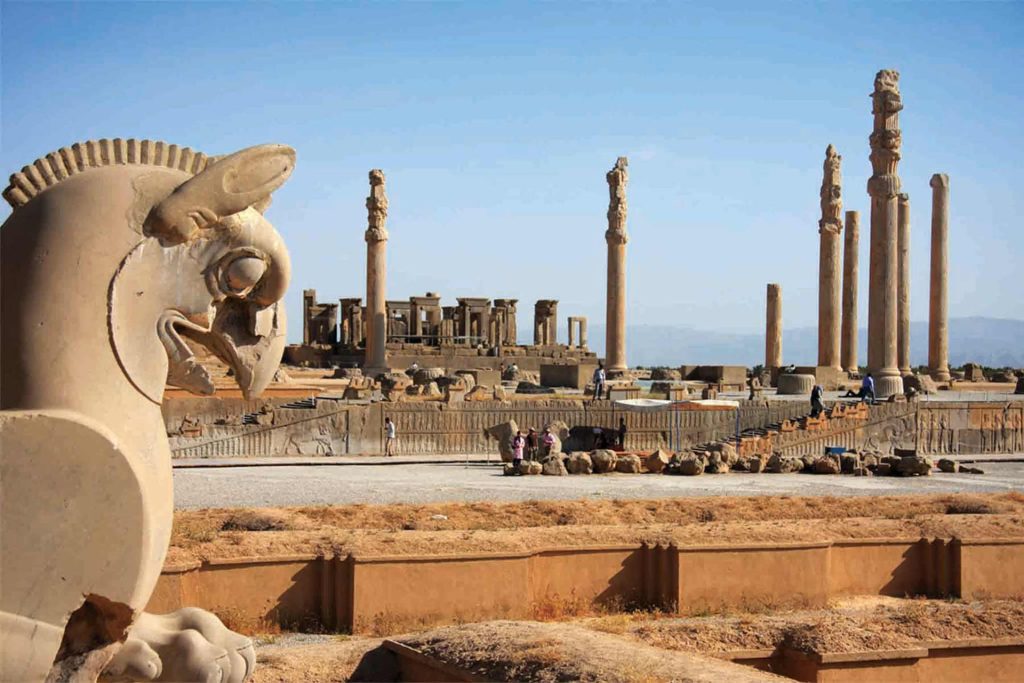
The Lasting Impact of the Persian Empire
Influence on Later Civilizations
The Persian Empire’s administrative innovations, such as the satrapy system and the use of standardized coinage, influenced subsequent empires, including the Greeks and Romans. The concept of human rights, as articulated in the Cyrus Cylinder, is considered one of the earliest declarations of individual freedoms and justice.
Architectural Influence
The architectural styles of the Persian Empire, characterized by grand palaces, columned halls, and intricate reliefs, influenced subsequent architectural developments. The blend of Persian, Median, and other regional styles created a unique aesthetic that can be seen in later Islamic architecture and even in some aspects of Western design.
Contributions to Science and Technology
The Persians made significant advancements in various fields, including astronomy, mathematics, and medicine. Their innovations in irrigation and agricultural techniques, such as the qanat system, had a lasting impact on the regions they controlled.

Remnants of the Persian Empire in Modern Museums
Many artifacts and remnants of the Persian Empire can be found in museums around the world, allowing visitors to appreciate the empire’s legacy without traveling to Iran. Some of the notable collections include:
The British Museum, London
The British Museum houses a vast collection of Persian artifacts, including the Cyrus Cylinder, a clay document considered one of the earliest declarations of human rights. The collection also features exquisite metalwork, pottery, and stone reliefs from Persepolis and other sites.
The Louvre, Paris
The Louvre’s Department of Near Eastern Antiquities includes significant Persian artifacts, such as friezes, statues, and cuneiform tablets. The museum’s collection offers a comprehensive view of Persian art and culture, highlighting the empire’s artistic achievements.
The Metropolitan Museum of Art, New York
The Met’s collection of Persian art includes textiles, ceramics, and metalwork. The museum’s Islamic Art department features objects from the later periods of Persian history, showcasing the continuity and evolution of Persian artistic traditions.
The National Museum of Iran, Tehran
The National Museum of Iran houses one of the most extensive collections of Persian artifacts. Its exhibits include items from the prehistoric period to the Islamic era, with a particular focus on the Achaemenid period. Visitors can see artifacts from Persepolis, Pasargadae, and other key sites.
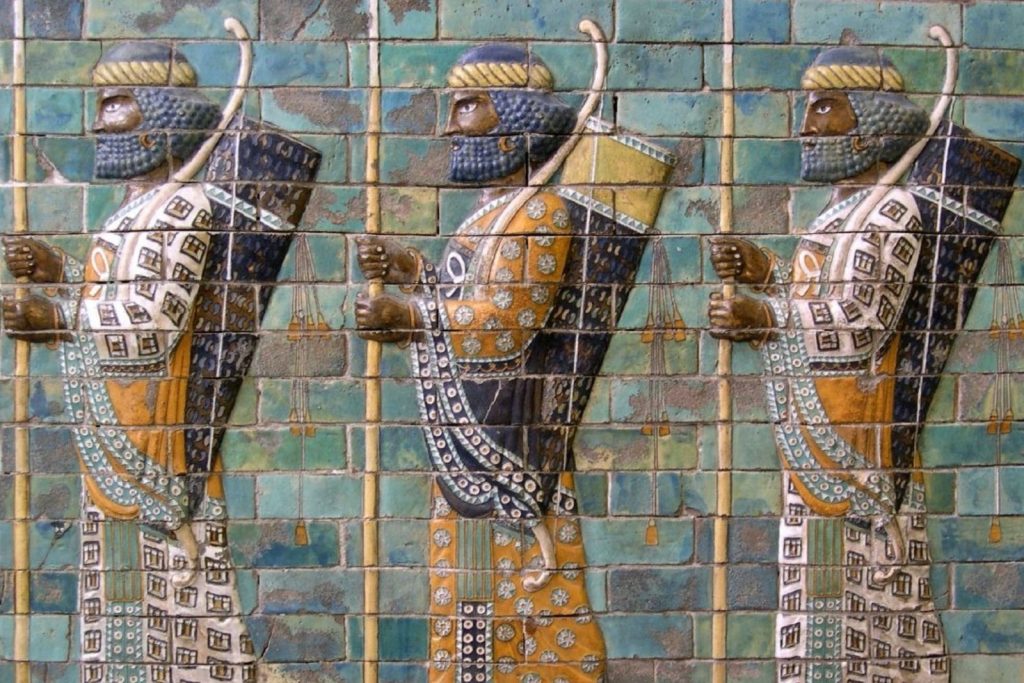
Visiting the Land of the Persians
Modern-Day Iran: A Treasure Trove of History
Modern-day Iran, the heartland of the ancient Persian Empire, is a treasure trove of historical and cultural sites. Visitors can explore the bustling bazaars, sample delicious Persian cuisine, and experience the warm hospitality of the Iranian people.
Key Sites to Explore
- Persepolis: Explore the ruins of the ceremonial capital and marvel at the intricate reliefs and grand palaces.
- Pasargadae: Visit the tomb of Cyrus the Great and wander through the ancient gardens and palaces.
- Naqsh-e Rustam: Discover the royal necropolis and its rock-cut tombs.
- Yazd: Experience the spiritual heritage of Zoroastrianism and visit the Ateshkadeh fire temple.
- Shiraz: Enjoy the beautiful gardens, historic mosques, and vibrant cultural scene in this city known as the “City of Poets.”
- Susa: Explore the ruins of this ancient administrative hub and the nearby Chogha Zanbil, an Elamite ziggurat.
- Isfahan: Known for its stunning Islamic architecture, Isfahan’s mosques, palaces, and bridges offer a glimpse into the later Persian influence on art and culture.
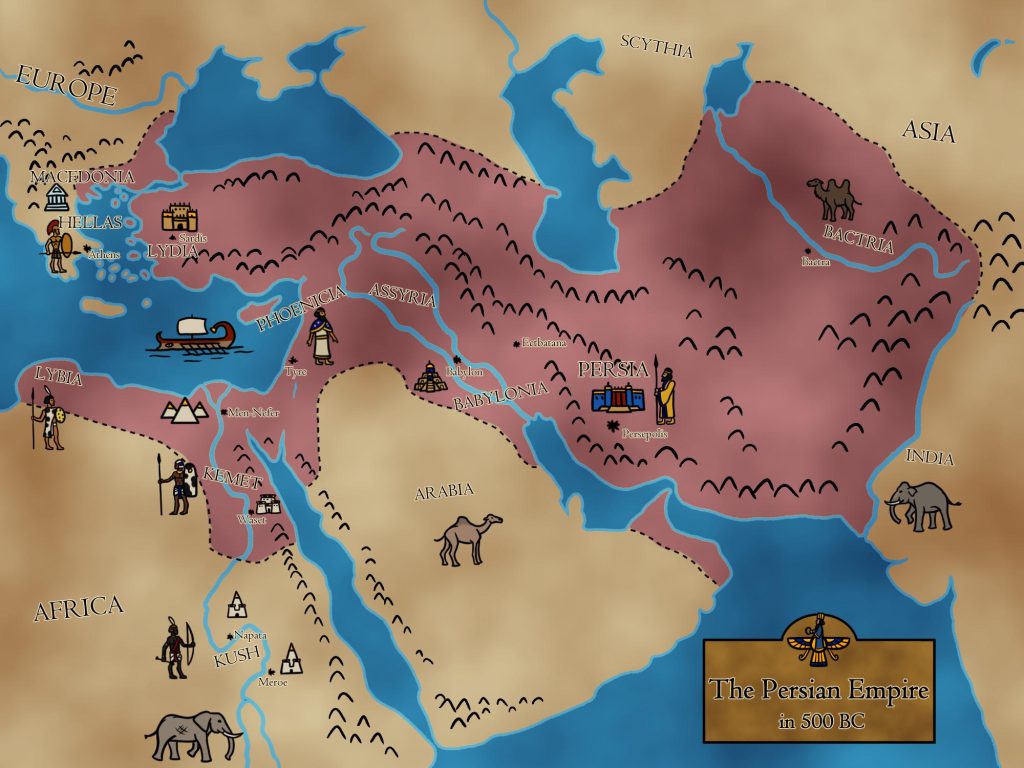
Practical Information for Travelers
Getting There
Iran is accessible by air, with major international airports in Tehran, Shiraz, and Isfahan. Domestic flights and an extensive network of buses and trains make it easy to travel within the country.
Visa Requirements
Most travelers require a visa to enter Iran. It’s advisable to apply for an e-visa in advance and check the latest travel advisories.
Cultural Etiquette
Respecting local customs and traditions is essential when visiting Iran. Dress modestly, particularly in religious sites, and be mindful of cultural sensitivities.
Safety and Security
Iran is generally a safe destination for tourists, but it’s always wise to stay informed about the current political and social climate. Traveling with a reputable tour guide can enhance your experience and provide valuable insights into the local culture.
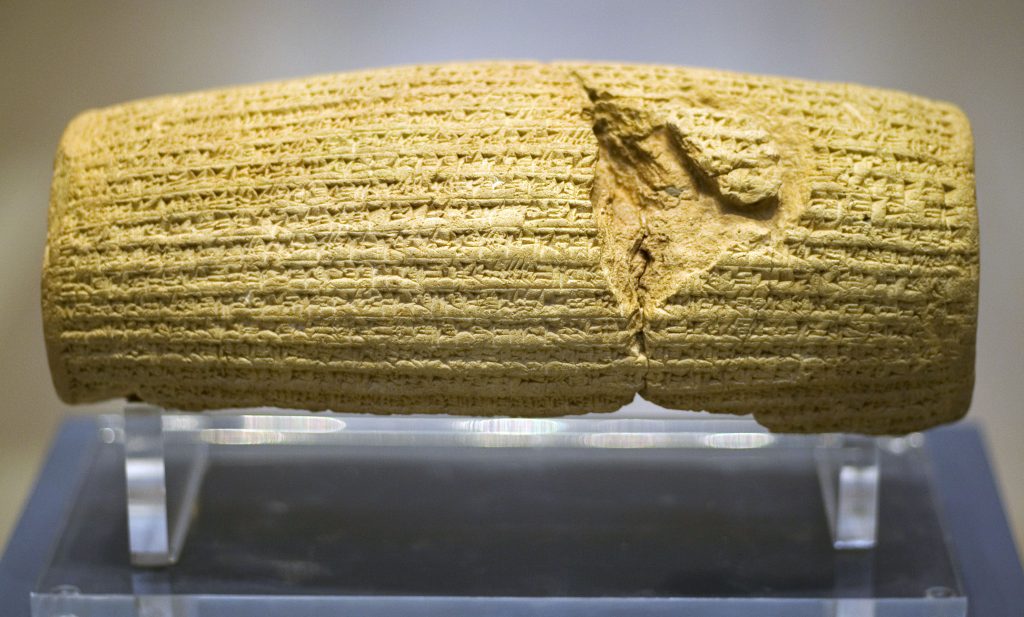
Conclusion
The Persian Empire’s legacy endures in the stunning architectural sites, rich cultural traditions, and lasting contributions to human civilization. By visiting these historic landmarks and immersing yourself in the local culture, you’ll gain a deeper appreciation for this ancient empire’s achievements and its enduring influence on the world.
Embark on your journey to the Persian Empire and discover the wonders that await you in this land of history and beauty. Let the echoes of the past guide your steps as you explore the remnants of a civilization that shaped the course of history. From the majestic ruins of Persepolis to the intricate artifacts housed in museums worldwide, the Persian Empire
‘s legacy continues to inspire and captivate travelers from around the globe.
Links
Go To Europe
Go to Asia
Go To Africa
Go to America
-
Free Tickets for the Duomo Milan
Free Tickets for the Duomo Milan The Duomo di Milano, or Milan Cathedral, is one of the most iconic landmarks in Italy and a must-visit for […]
-
Free Tickets Louvre Museum
Free Tickets Louvre Museum, How to Buy Louvre Museum Tickets: Prices, Free Entry, and Visitor Information The Louvre Museum in Paris is one of the most […]
-
Pashupatinath Temple: A Sacred Journey into Nepal’s Spiritual Heart
Pashupatinath Temple: A Sacred Journey into Nepal’s Spiritual Heart Welcome to Pashupatinath Temple, one of the most revered and sacred Hindu temples in the world, located […]
-
Rome, Italy: A Timeless Journey Through History, Culture, and the Eternal City’s Marvels
Rome, Italy: A Timeless Journey Through History, Culture, and the Eternal City’s Marvels Welcome to Rome, the Eternal City, where every street, piazza, and monument tells […]
-
Gokyo Lakes: An Oasis of Beauty Nestled on the Roof of the World
Gokyo Lakes: An Oasis of Beauty Nestled on the Roof of the World Hello, dear reader! Let’s embark on an exploration of distilled serenity and mesmerising […]
-
Sechseläutenplatz: A Premier Attraction in Zurich, Switzerland
Sechseläutenplatz: A Premier Attraction in Zurich, Switzerland Located in the heart of Zurich, Switzerland, Sechseläutenplatz is one of the city’s most iconic and culturally significant public squares. Known […]
-
Discover the Sneek Waterpoort: A Historic Gem in Sneek, Netherlands
Discover the Sneek Waterpoort: A Historic Gem in Sneek, Netherlands Nestled in the charming town of Sneek, in the province of Friesland, the Sneek Waterpoort is […]

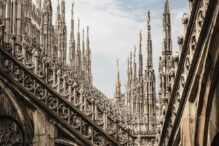
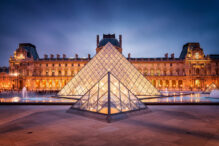

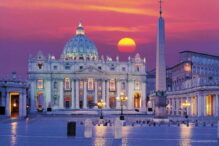
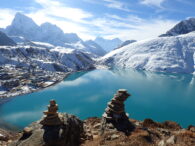
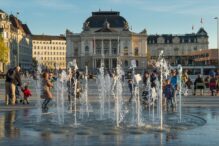
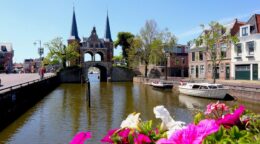

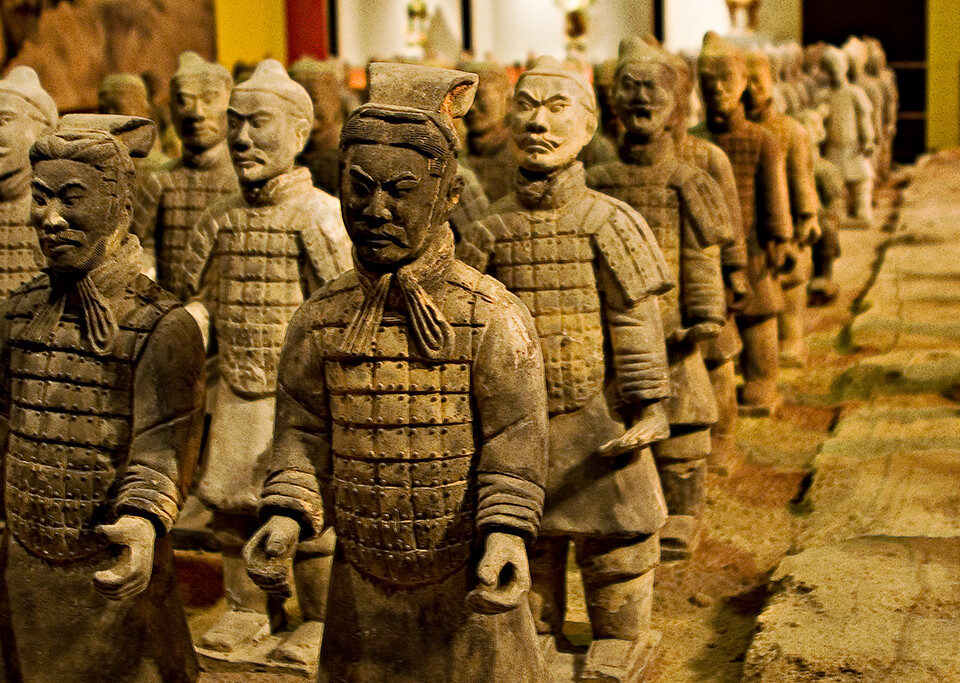

3 Comments
[…] View at The Palm: An observation deck offering stunning views of the island and the Persian […]
[…] of the most significant artifacts in the British Museum’s Middle Eastern collection is the Cyrus Cylinder, often referred to as the first declaration of human […]
[…] Discover the Wonders of the Persian Empire: A Journey Through Time […]